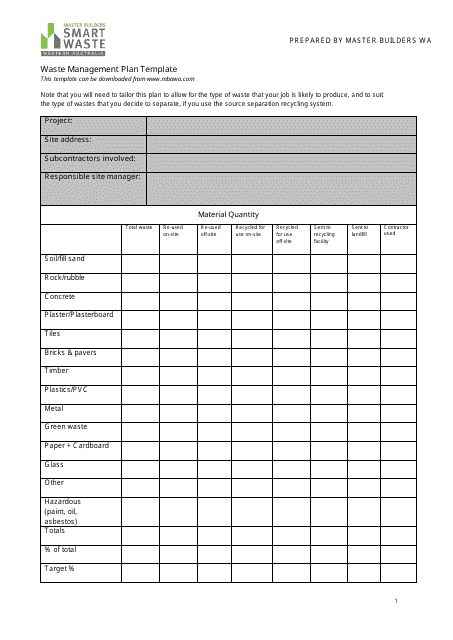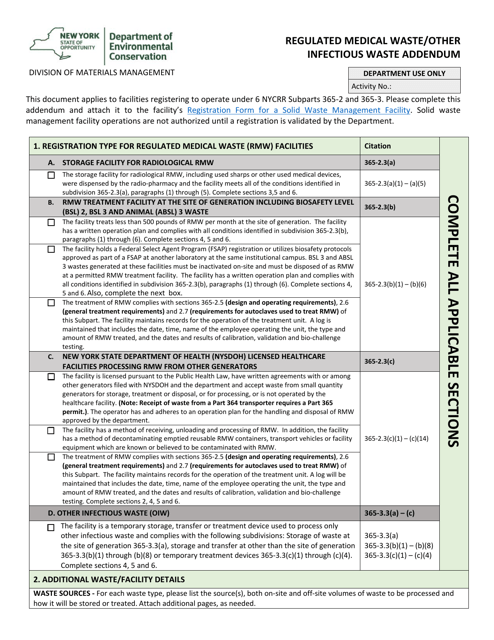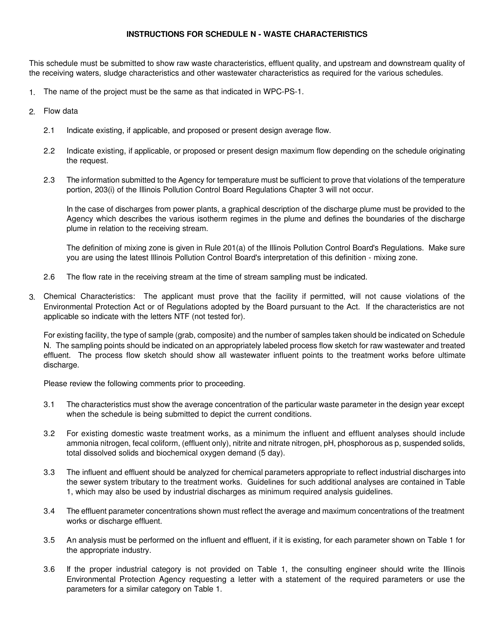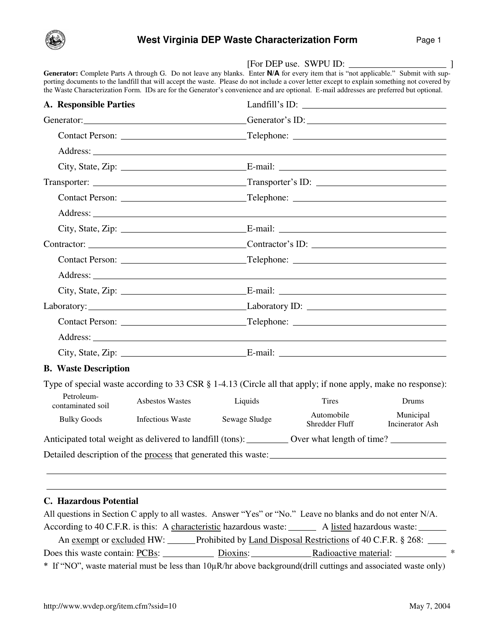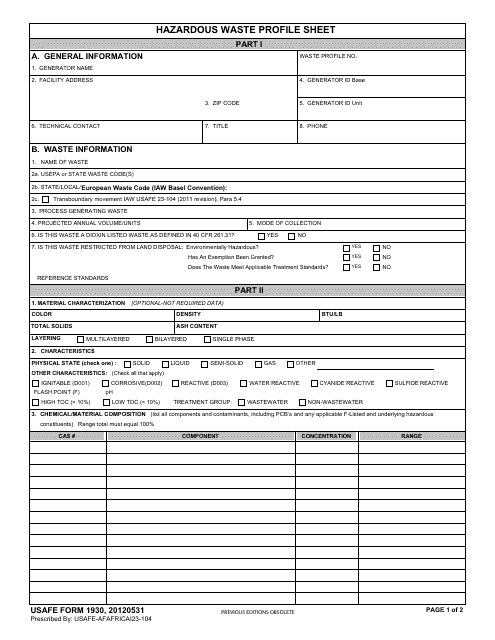Waste Segregation Templates
Waste segregation, also known as waste management or waste characterization, is an essential process for proper waste disposal. This collection of documents provides valuable resources and templates to guide individuals, organizations, and government agencies in implementing effective waste segregation practices.
The Waste Management Plan Template - Smart Waste serves as a comprehensive guide, offering step-by-step instructions and tools to develop a customized waste management plan. It helps users identify potential waste streams, establish segregation procedures, and implement recycling and disposal methods.
For medical facilities and healthcare providers, the Regulated Medical Waste/Other Infectious Waste Addendum - New York is a crucial document. It outlines specific guidelines for the segregation, packaging, labeling, and disposal of medical waste, ensuring compliance with strict regulations.
States such as Illinois and West Virginia provide their own resources, such as the Schedule N Waste Characteristics and Waste Characterization Form, to aid businesses and individuals in accurately characterizing their waste streams. These documents help determine the appropriate methods of segregation, storage, and disposal, taking into account the specific characteristics and hazards associated with each type of waste.
In addition, the USAFE Form 1930 Hazardous Waste Profile Sheet offers a standardized format for documenting information about hazardous waste. It captures essential details like chemical composition, physical properties, and handling requirements, ensuring proper segregation and safe disposal.
Whether you are a business owner, waste management professional, or environmental enthusiast, this collection of documents on waste segregation provides the necessary guidance to implement and maintain effective waste management practices. Proper waste segregation not only helps protect the environment but also promotes sustainability and enhances overall community well-being.
Documents:
5
This document provides a template for creating a Waste Management Plan, specifically designed to optimize waste disposal practices and minimize environmental impact.
This document is an addendum specific to New York that provides additional guidance and regulations for handling regulated medical waste and other infectious waste. It outlines the procedures and requirements for proper disposal and containment to prevent the spread of infections and protect public health.
This type of document describes the characteristics of waste in Illinois. It provides information about the properties, composition, and potential hazards of different waste materials.
This Form is used for documenting and analyzing the characteristics of waste materials in West Virginia. It helps identify and classify different types of waste for proper disposal and management.
This form is used for providing information about hazardous waste, such as its composition and handling procedures.

